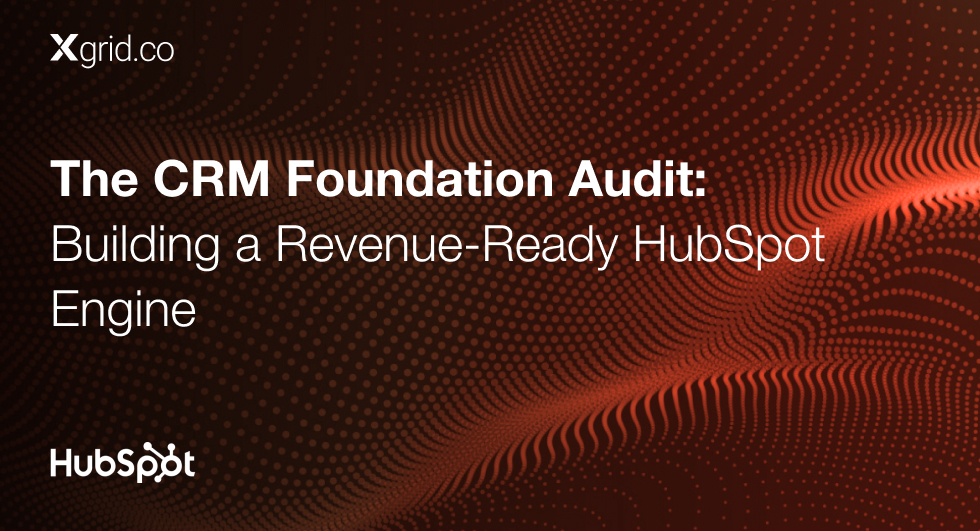Optimizing Data Hygiene with Marketo’s Smart Campaigns
Why Data Hygiene Matters in Marketing Automation
Effective marketing depends on clean, accurate data, a sentiment echoed by Lauren Aquilino in her extensive experience with Marketo. “Cleaning data is really only a problem if you have bad data,” she says. This simple truth underscores the significance of data hygiene in building and executing successful marketing strategies.
Marketo offers several tools to help maintain data hygiene, but Lauren emphasizes that the key lies in using these tools correctly. Without proper data management, marketers risk making decisions based on flawed information, which can lead to missed opportunities and wasted resources.
The Power of Marketo’s Smart Campaigns
One of Marketo’s standout features for maintaining data hygiene is its Smart Campaigns. According to Lauren, Marketo Smart Campaigns allow users to update records based on specific conditions, ensuring that contact information is current and accurate. “Marketo gives users such access to update records either using Smart Campaigns or using the API,” she notes.
Smart Campaigns can be set up to:
- Automate Data Updates: Modify contact information, such as country or compliance status, in response to changes or new inputs.
- Enforce Data Consistency: Standardize data formats, preventing discrepancies that may arise from manual entries.
- Flag Inaccurate Data: Identify and flag records that require review, helping marketers address potential data issues proactively.
These capabilities make Smart Campaigns an essential tool for marketers who need to keep their databases clean and compliant with regulatory requirements.
A Strategic Approach to Data Cleaning
Along with other Marketo data hygiene strategies, Lauren suggests that marketers use Marketo’s Smart Campaigns as part of a larger data governance strategy. By implementing regular, automated processes for data review and updates, companies can minimize manual data cleaning efforts and reduce the risk of using incorrect information in their campaigns.
Key Insight: “I would have a data governance plan to archive old records because I don’t want to be cleaning stuff that’s bad in the first place,” Lauren advises, highlighting the need for proactive data management in Marketo.
Conclusion
Marketo’s Smart Campaigns provide marketers with the tools to maintain data hygiene effectively, but their success depends on a strategic approach to data management. By integrating Smart Campaigns into a broader data governance plan, marketers can ensure that their databases remain accurate, up-to-date, and ready to support targeted, effective marketing campaigns.





